Home>Furniture & Design>Interior Design Trends>How To Keep Vinyl From Peeling Off Glass
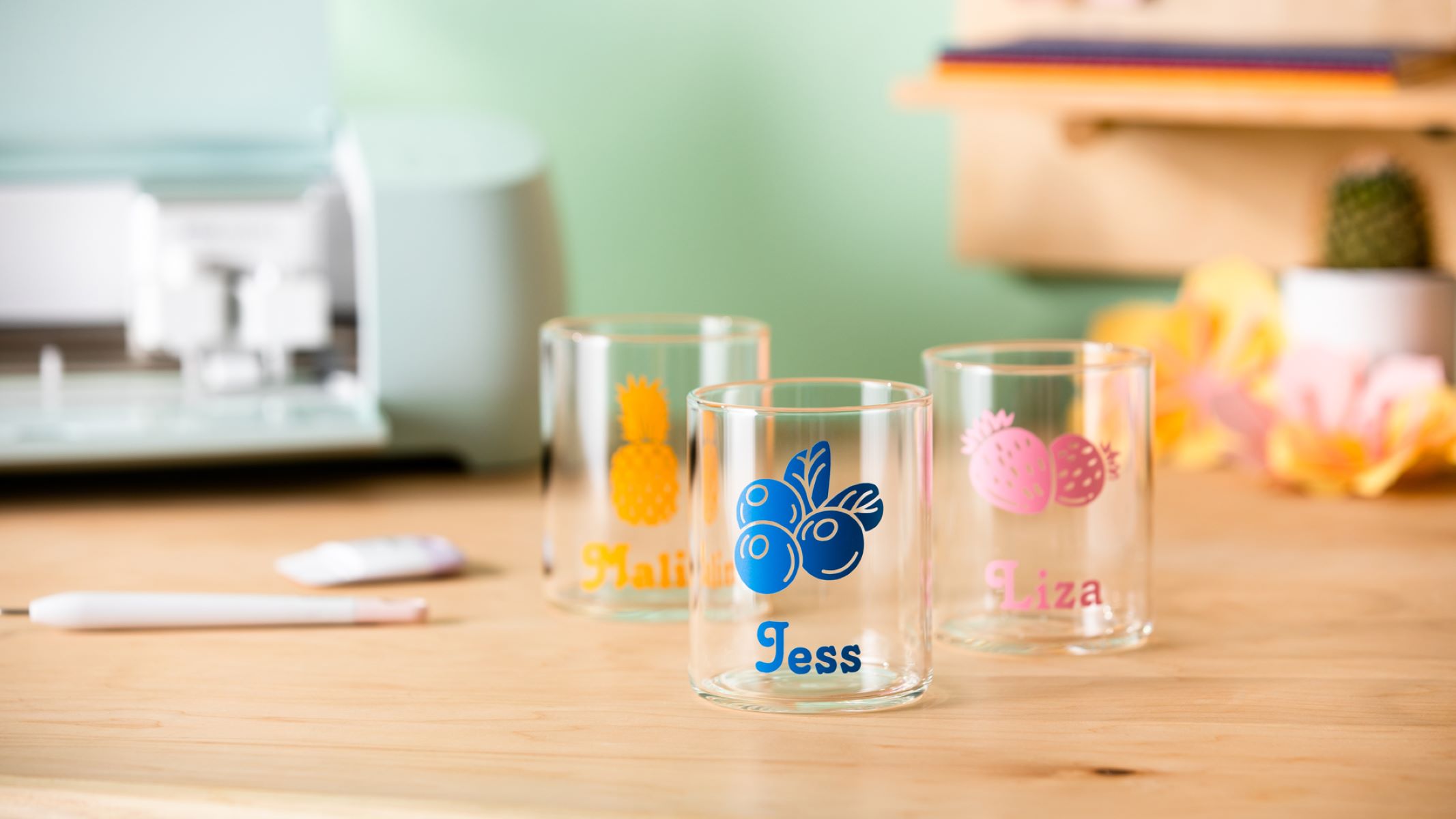

Interior Design Trends
How To Keep Vinyl From Peeling Off Glass
Published: February 4, 2024
Learn how to prevent vinyl from peeling off glass with these interior design trends. Keep your vinyl designs looking fresh and intact for longer. Discover the best tips and techniques today!
(Many of the links in this article redirect to a specific reviewed product. Your purchase of these products through affiliate links helps to generate commission for Storables.com, at no extra cost. Learn more)
Introduction
Vinyl has become a popular choice for adding decorative elements to glass surfaces, whether it's for home decor, business signage, or vehicle graphics. The versatility and visual appeal of vinyl make it a preferred medium for creating eye-catching designs. However, one common issue that many encounter when using vinyl on glass is peeling. This can be frustrating and can detract from the overall aesthetic and longevity of the design.
Understanding the factors that contribute to vinyl peeling and learning how to prevent it is crucial for achieving a successful and durable application. In this comprehensive guide, we will delve into the causes of vinyl peeling, the necessary preparations for the glass surface, the selection of suitable vinyl and adhesive, the correct application techniques, and the essential maintenance practices. By following these guidelines, you can ensure that your vinyl designs remain securely adhered to glass surfaces, preserving their visual impact and integrity over time.
Let's embark on this journey to discover the best practices for keeping vinyl from peeling off glass, empowering you to create stunning and long-lasting designs that will captivate and endure.
Key Takeaways:
- Ensure vinyl adhesion by cleaning glass thoroughly, choosing high-quality vinyl, and applying with precision. Proactive maintenance preserves the visual appeal and longevity of vinyl designs on glass surfaces.
- Meticulous preparation, thoughtful material selection, precise application, and proactive maintenance are key to stunning and enduring vinyl designs on glass. Achieve secure adhesion and captivating results with these comprehensive guidelines.
Understanding the Causes of Vinyl Peeling
Vinyl peeling from glass surfaces can be attributed to various factors, and understanding these causes is essential for preventing this issue. One primary reason for vinyl peeling is inadequate surface preparation. Glass surfaces must be thoroughly cleaned and free from any contaminants such as dust, dirt, or oils that can hinder proper adhesion. Additionally, temperature and humidity fluctuations can impact the adhesive properties of the vinyl, leading to peeling over time. Exposure to direct sunlight and extreme weather conditions can also contribute to the deterioration of the adhesive, causing the vinyl to lift from the glass.
Furthermore, the quality of the vinyl and adhesive used plays a significant role in preventing peeling. Low-quality vinyl or adhesive may not adhere effectively to glass, making it more prone to peeling. Additionally, improper application techniques, such as failing to remove air bubbles or ensuring even pressure during installation, can result in weak adhesion and eventual peeling.
It's important to consider the type of glass surface as well. Textured or uneven glass surfaces may not provide a smooth and consistent bonding surface for the vinyl, increasing the likelihood of peeling. Moreover, the presence of contaminants or residue from previous adhesive applications can compromise the new vinyl's adhesion, leading to peeling issues.
By understanding these causes of vinyl peeling, individuals can take proactive measures to address each factor, ensuring that the vinyl remains securely adhered to glass surfaces for an extended period. Through proper preparation, selection of high-quality materials, and meticulous application, the risk of vinyl peeling can be significantly minimized, allowing for long-lasting and visually striking designs on glass surfaces.
Preparing the Glass Surface
Properly preparing the glass surface is a critical step in ensuring the long-term adhesion of vinyl designs. Before applying vinyl to glass, it is essential to thoroughly clean the surface to remove any contaminants that could hinder adhesion. Begin by washing the glass with a mild detergent and water solution to eliminate dirt, dust, and oils. A microfiber cloth or lint-free towel should be used to avoid leaving behind any fibers or residue that could affect the vinyl's adhesion.
After cleaning, it is crucial to dry the glass surface completely using a clean, dry cloth to prevent any moisture from interfering with the adhesive properties of the vinyl. Additionally, using a glass cleaner specifically formulated to remove any remaining residues or streaks can further enhance the surface's suitability for vinyl application.
For textured or uneven glass surfaces, it may be necessary to use a glass-safe abrasive pad or fine-grit sandpaper to smooth out any imperfections that could compromise the vinyl's adhesion. However, it is important to exercise caution and test a small, inconspicuous area first to ensure that the glass surface will not be damaged by the abrasion process.
In cases where the glass surface has previously had adhesive applications, it is crucial to remove any residual adhesive or adhesive removers before applying new vinyl. Residual adhesives can interfere with the new vinyl's adhesion, leading to peeling issues over time. Utilizing adhesive removers specifically designed for glass surfaces can effectively eliminate any lingering adhesive residues, ensuring a clean and optimal bonding surface for the new vinyl application.
By meticulously preparing the glass surface through thorough cleaning, drying, and addressing any textural or residue-related concerns, individuals can create an ideal foundation for the successful adhesion of vinyl designs. This proactive approach significantly reduces the risk of vinyl peeling and contributes to the longevity and visual impact of the applied designs on glass surfaces.
Choosing the Right Vinyl and Adhesive
Selecting the appropriate vinyl and adhesive is paramount in ensuring the longevity and durability of designs applied to glass surfaces. When choosing vinyl for glass applications, opt for high-quality, outdoor-rated vinyl specifically designed for use on windows and glass. This type of vinyl is engineered to withstand exposure to varying weather conditions, UV rays, and temperature fluctuations, making it well-suited for long-term adhesion on glass surfaces.
Consider the transparency of the vinyl as well. Transparent or translucent vinyl is often preferred for glass applications, as it allows natural light to pass through while showcasing the design, creating an aesthetically pleasing and unobstructed view. Additionally, transparent vinyl can enhance the vibrancy of the design, especially when applied to windows or glass doors.
In terms of adhesive selection, it is crucial to choose an adhesive that is formulated for glass applications and offers strong initial tack and long-term adhesion. Opt for adhesives specifically designed for transparent substrates, as they are engineered to provide a secure bond without compromising the visibility or aesthetics of the applied vinyl design. These adhesives should be resistant to yellowing over time, ensuring that the transparency and visual appeal of the glass surface are maintained.
Furthermore, consider the repositionability and removability of the adhesive. While strong initial adhesion is essential, having an adhesive that allows for repositioning during the application process can be advantageous, especially when working with large or intricate designs. Additionally, if the vinyl design may need to be replaced or updated in the future, choosing a removable adhesive can simplify the removal process without leaving behind residue or damaging the glass surface.
When selecting vinyl and adhesive for glass applications, it is advisable to consult with suppliers or manufacturers specializing in window and glass graphics. These experts can provide valuable insights into the most suitable materials for specific project requirements, ensuring that the chosen vinyl and adhesive are tailored to the intended application and environmental conditions.
By carefully considering the quality, transparency, adhesive properties, and expert recommendations, individuals can confidently select the right vinyl and adhesive for their glass applications, laying the foundation for secure adhesion and long-lasting visual impact.
Applying the Vinyl Correctly
The process of applying vinyl to glass surfaces requires precision, patience, and attention to detail to ensure a secure and visually appealing outcome. Proper application techniques are crucial for achieving long-lasting adhesion and preventing issues such as peeling or bubbling. Here's a comprehensive guide to applying vinyl correctly on glass surfaces:
Read more: How To Remove Vinyl From Glass
Step 1: Measure and Align
Begin by measuring the dimensions of the glass surface and the vinyl design to ensure a precise fit. Use masking tape to create a guide for the placement of the vinyl, allowing for accurate alignment and minimizing the risk of misplacement during the application process.
Step 2: Clean and Prepare
Before applying the vinyl, ensure that the glass surface has been thoroughly cleaned and dried according to the preparation guidelines. Any residual contaminants or moisture can compromise the adhesion of the vinyl, leading to potential peeling issues in the future.
Step 3: Peel and Position
Carefully peel the backing from the vinyl, exposing the adhesive side. Position the vinyl onto the glass surface, aligning it with the previously marked guide. Take your time to ensure that the placement is accurate, as repositioning the vinyl once it makes contact with the glass can be challenging.
Step 4: Smooth and Secure
Using a squeegee or a soft, non-abrasive applicator, begin smoothing the vinyl from the center outward to remove any air bubbles and ensure even adhesion. Apply firm and consistent pressure to secure the vinyl to the glass surface, taking care to avoid creases or wrinkles in the design.
Read more: How To Cut Peel And Stick Vinyl Tile
Step 5: Remove the Transfer Tape
Once the vinyl is securely adhered to the glass, carefully remove the transfer tape, ensuring that the vinyl remains in place. Peel the transfer tape at a sharp angle, keeping it close to the glass surface to prevent lifting or distorting the vinyl design.
Step 6: Inspect and Touch Up
After removing the transfer tape, inspect the applied vinyl for any remaining air bubbles or imperfections. If necessary, use a fine needle or pin to puncture and release trapped air, then smooth out the affected area with the squeegee to achieve a flawless finish.
By following these step-by-step guidelines and exercising patience and precision throughout the application process, individuals can effectively apply vinyl to glass surfaces with confidence, ensuring secure adhesion and a visually stunning result that enhances the overall aesthetic of the space.
Maintaining the Vinyl on Glass
Once the vinyl has been successfully applied to the glass surface, proper maintenance is essential for preserving its integrity and visual appeal over time. By implementing routine care and proactive measures, individuals can prolong the lifespan of the vinyl and minimize the risk of peeling or deterioration. Here are key practices for maintaining vinyl on glass:
Regular Cleaning
Regularly cleaning the vinyl and the surrounding glass surface is crucial for preventing the buildup of dirt, grime, and contaminants that can compromise the adhesive bond. Use a mild detergent or specialized vinyl cleaner to gently wash the surface, ensuring that any accumulated debris is effectively removed without causing damage to the vinyl or the glass. Avoid using abrasive cleaning tools or harsh chemicals that could scratch or degrade the vinyl, and always dry the surface thoroughly after cleaning to prevent moisture-related issues.
Read more: How To Keep Dust Off Glass TV Stand
Avoiding Abrasive Contact
To preserve the vinyl's visual appeal and adhesion, it is important to avoid abrasive contact with the applied design. Be mindful of any objects or materials that may come into contact with the vinyl, particularly in high-traffic areas or environments where the glass surface is frequently handled. Preventing scratches, scuffs, or abrasions on the vinyl can help maintain its pristine appearance and structural integrity.
Monitoring Environmental Factors
Environmental conditions can impact the longevity of vinyl on glass surfaces. Regularly monitor the exposure of the glass to sunlight, temperature fluctuations, and humidity levels, as these factors can affect the adhesive properties of the vinyl. Consider using UV-protective films or coatings on the glass to minimize the impact of direct sunlight on the vinyl, especially in areas with prolonged sun exposure.
Addressing Damage Promptly
In the event of any damage or signs of peeling, it is crucial to address the issue promptly to prevent further deterioration. Small areas of peeling or lifting can often be re-adhered using a heat gun or hairdryer to reactivate the adhesive, followed by gentle pressure to secure the vinyl back onto the glass. However, if the damage is extensive or the vinyl is significantly compromised, it may be necessary to replace the affected sections to maintain the overall integrity of the design.
Periodic Inspections
Conducting periodic inspections of the applied vinyl allows for early detection of any potential issues such as bubbling, lifting, or discoloration. By identifying and addressing these issues in their early stages, individuals can take proactive measures to maintain the visual impact and adhesion of the vinyl on glass surfaces, ultimately prolonging its lifespan and effectiveness.
By incorporating these maintenance practices into regular care routines, individuals can safeguard the longevity and visual appeal of vinyl designs on glass surfaces, ensuring that they remain securely adhered and visually captivating for an extended period.
Read more: How To Keep Cat From Jumping Off Balcony
Conclusion
In conclusion, the successful adhesion and longevity of vinyl designs on glass surfaces are achievable through a combination of meticulous preparation, thoughtful material selection, precise application techniques, and proactive maintenance. By understanding the causes of vinyl peeling and addressing each factor proactively, individuals can create stunning and enduring designs that enhance the visual appeal of various spaces.
Thoroughly preparing the glass surface by cleaning, drying, and addressing any textural or residue-related concerns lays the foundation for secure adhesion. Choosing high-quality, outdoor-rated vinyl specifically designed for glass applications, along with selecting the appropriate adhesive, ensures that the applied designs can withstand environmental factors and maintain their visual impact over time.
Applying vinyl to glass surfaces with precision and care, from accurate alignment to meticulous smoothing and removal of transfer tape, is essential for achieving secure adhesion and a visually stunning result. Furthermore, maintaining the vinyl through regular cleaning, avoiding abrasive contact, monitoring environmental factors, addressing damage promptly, and conducting periodic inspections contributes to the prolonged lifespan and effectiveness of the applied designs.
By following the comprehensive guidelines outlined in this guide, individuals can confidently create and maintain captivating vinyl designs on glass surfaces, whether for decorative purposes, business signage, or vehicle graphics. The knowledge and practices shared in this guide empower individuals to overcome the challenges of vinyl peeling and instead achieve enduring and visually striking results that elevate the aesthetic appeal of glass surfaces.
Ultimately, the combination of meticulous preparation, thoughtful material selection, precise application techniques, and proactive maintenance serves as the cornerstone for ensuring the successful adhesion and longevity of vinyl designs on glass, allowing individuals to unleash their creativity and transform glass surfaces into captivating showcases of artistry and visual expression.
Frequently Asked Questions about How To Keep Vinyl From Peeling Off Glass
Was this page helpful?
At Storables.com, we guarantee accurate and reliable information. Our content, validated by Expert Board Contributors, is crafted following stringent Editorial Policies. We're committed to providing you with well-researched, expert-backed insights for all your informational needs.
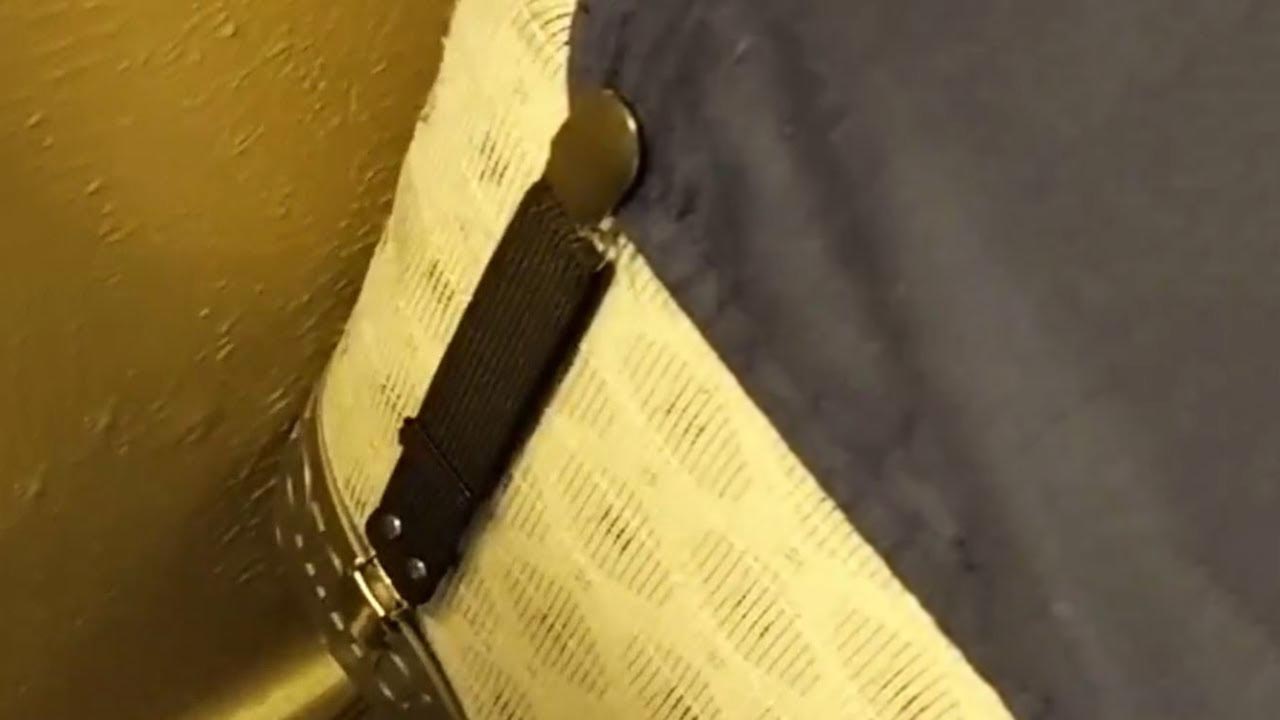
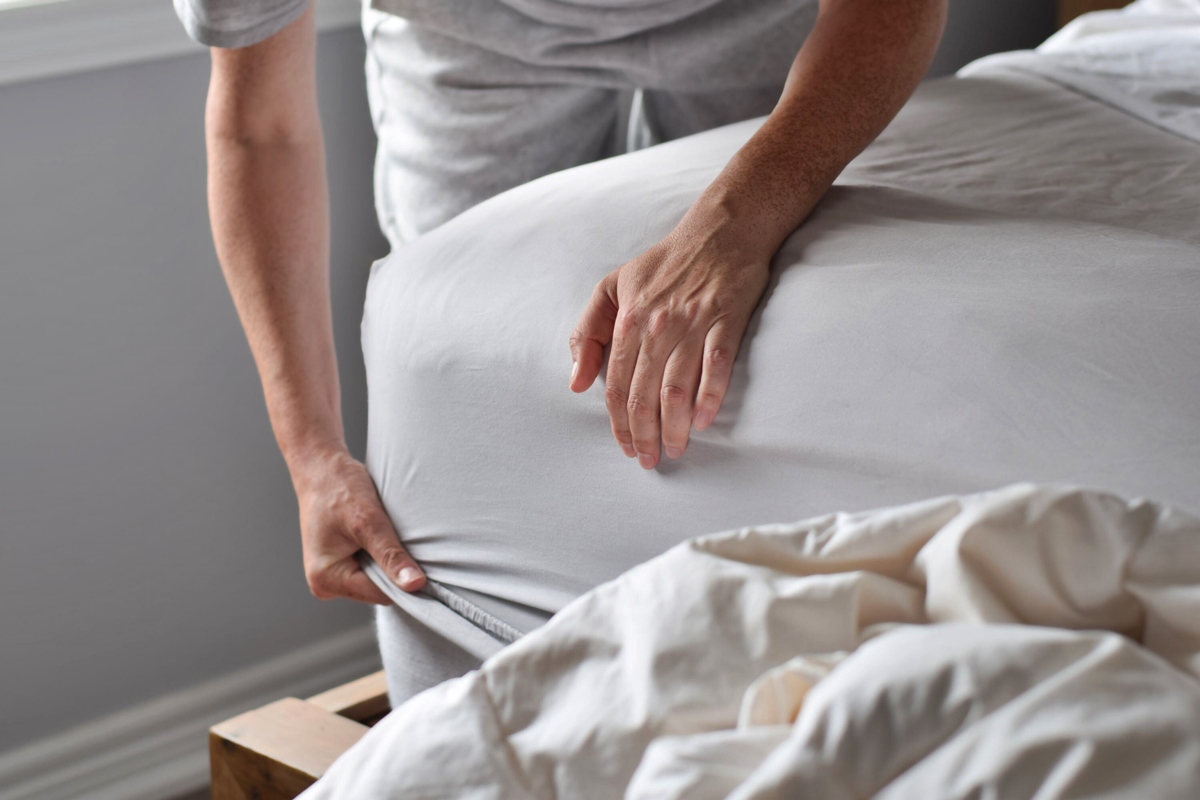
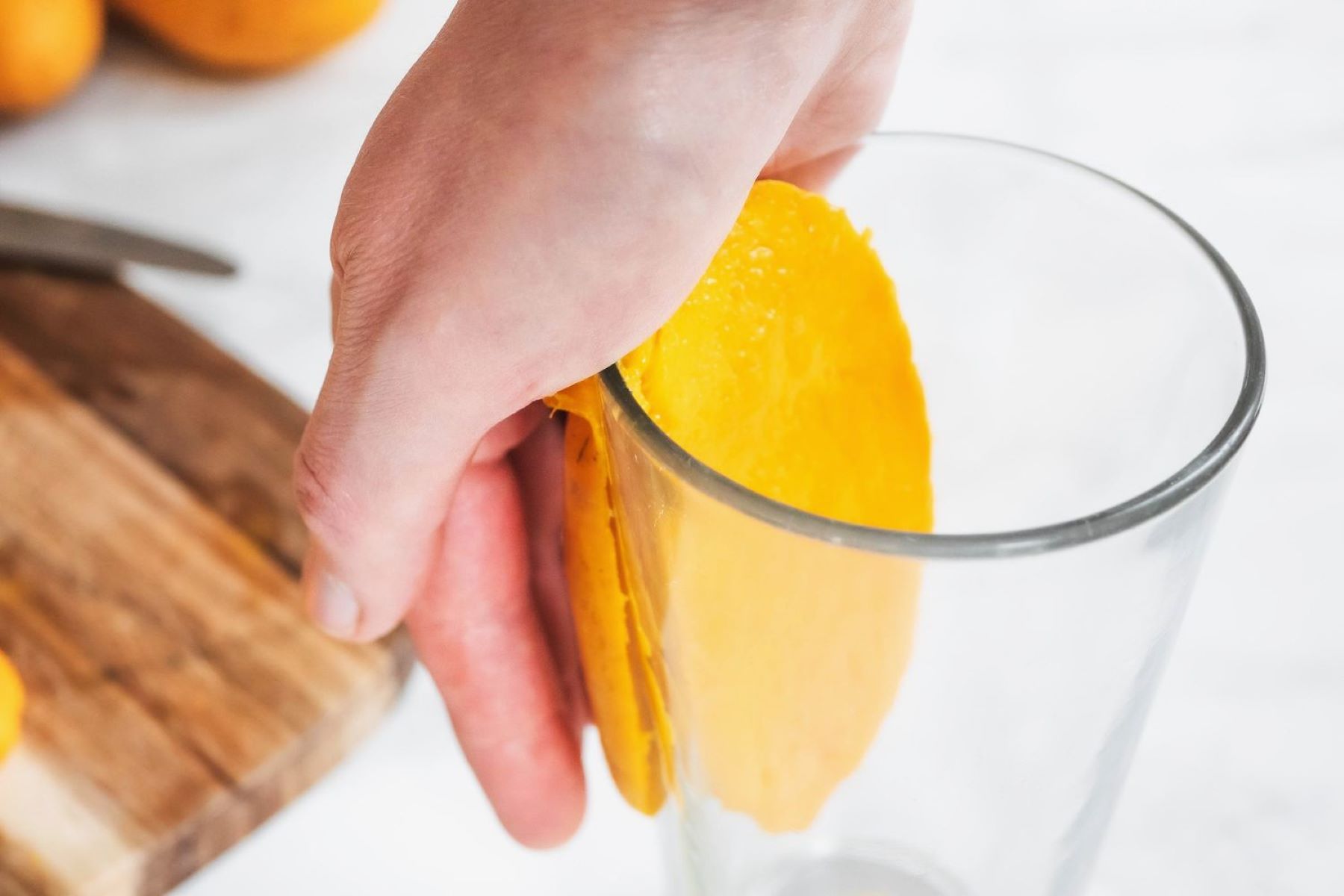
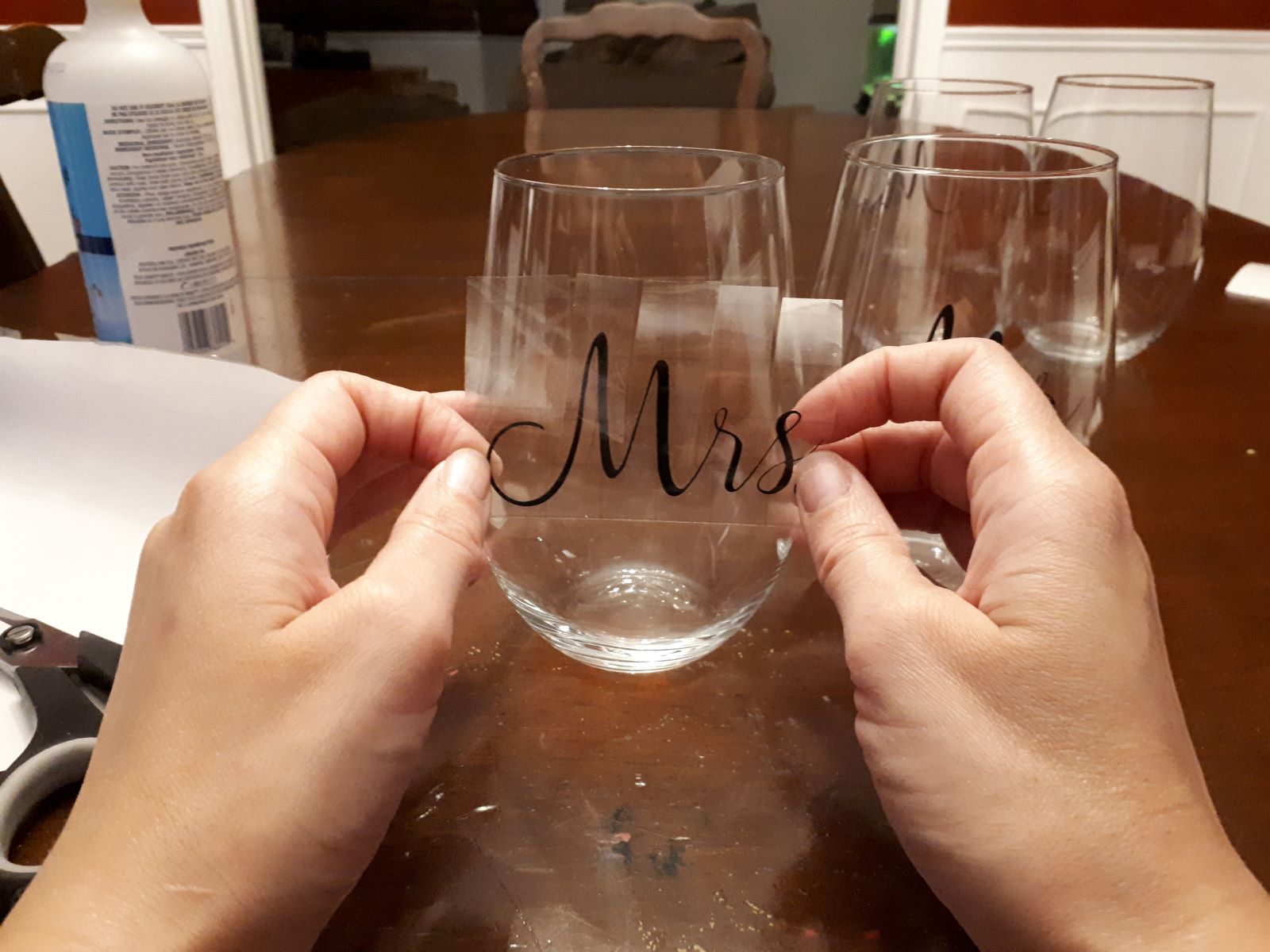
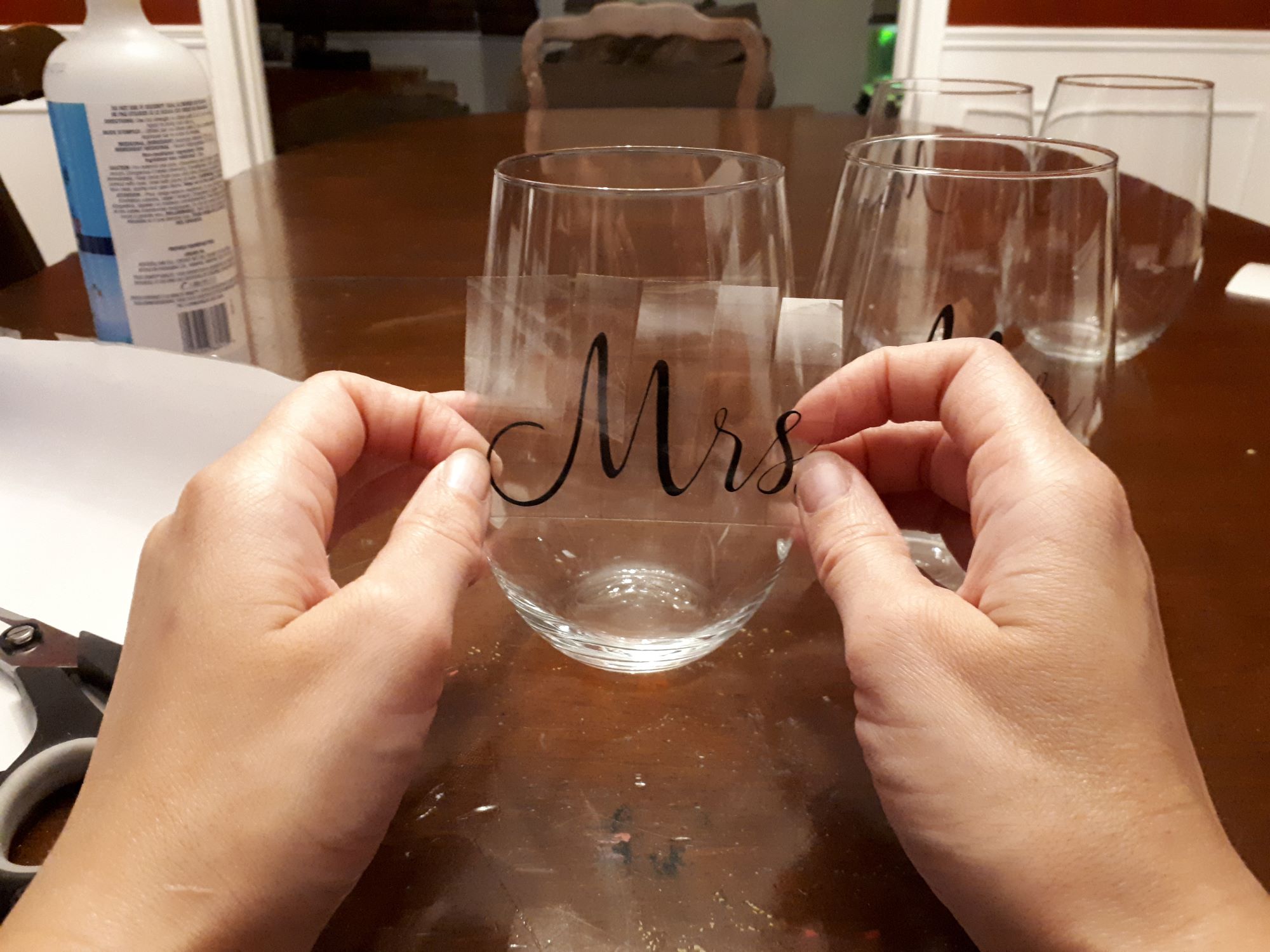
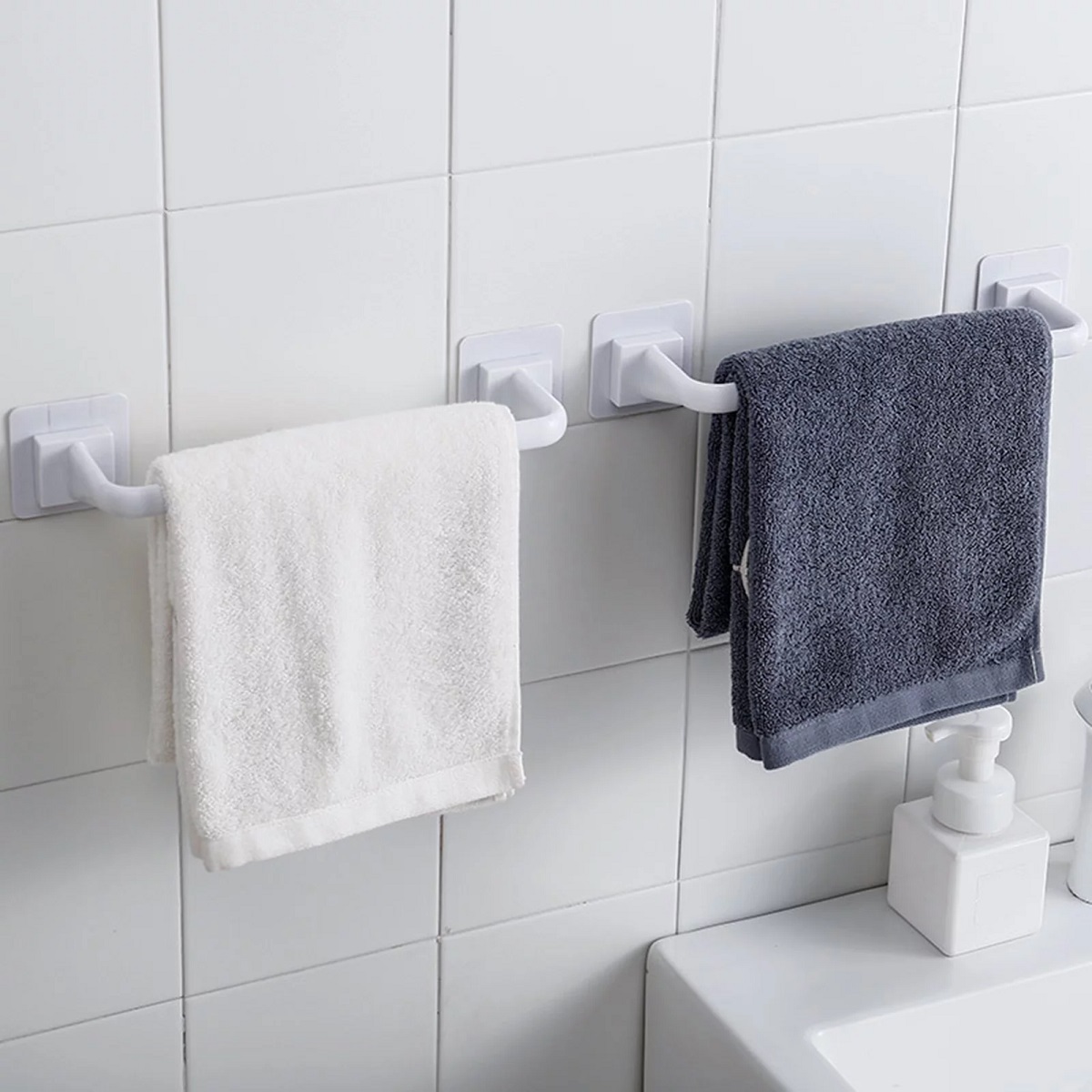

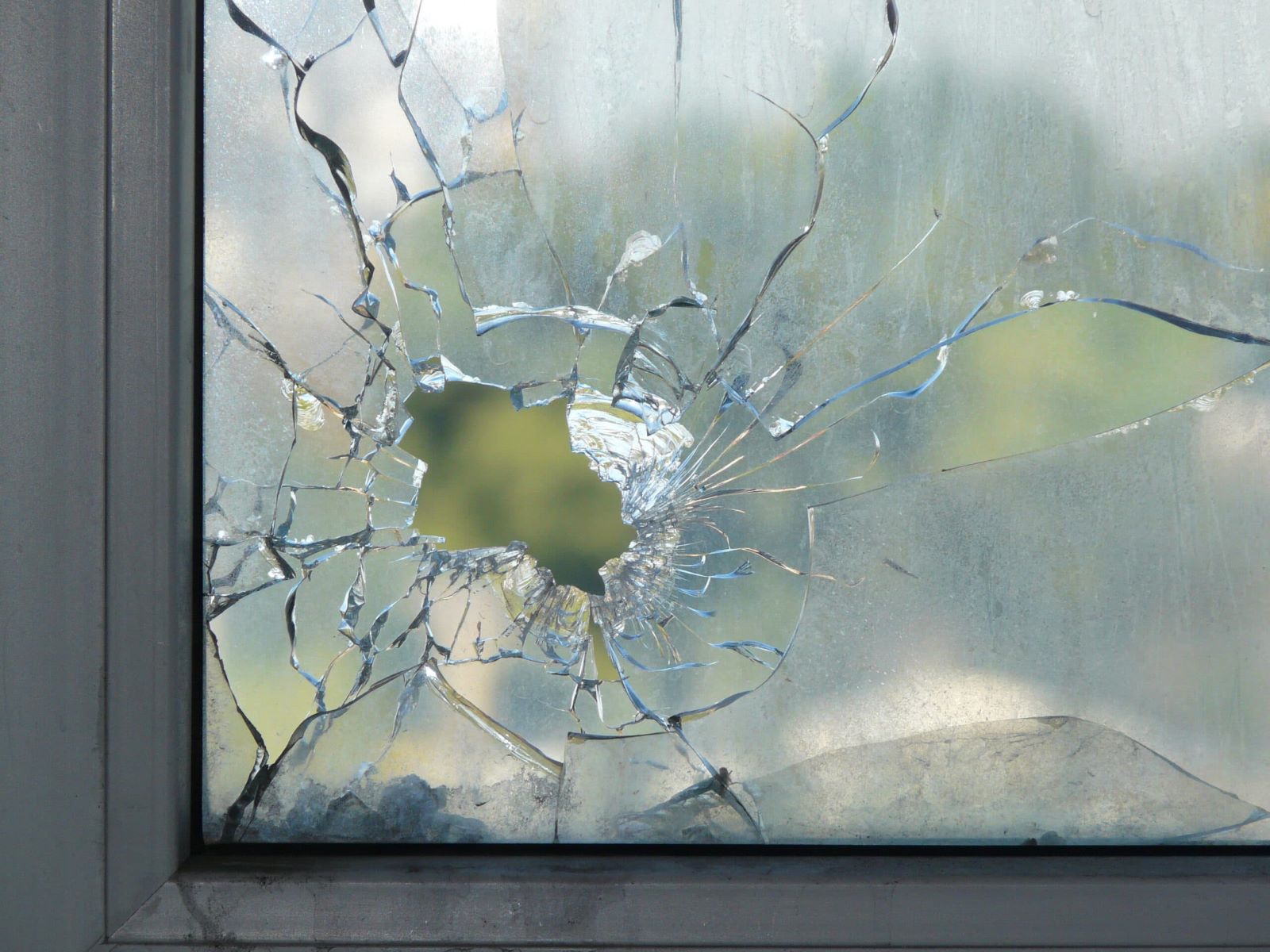
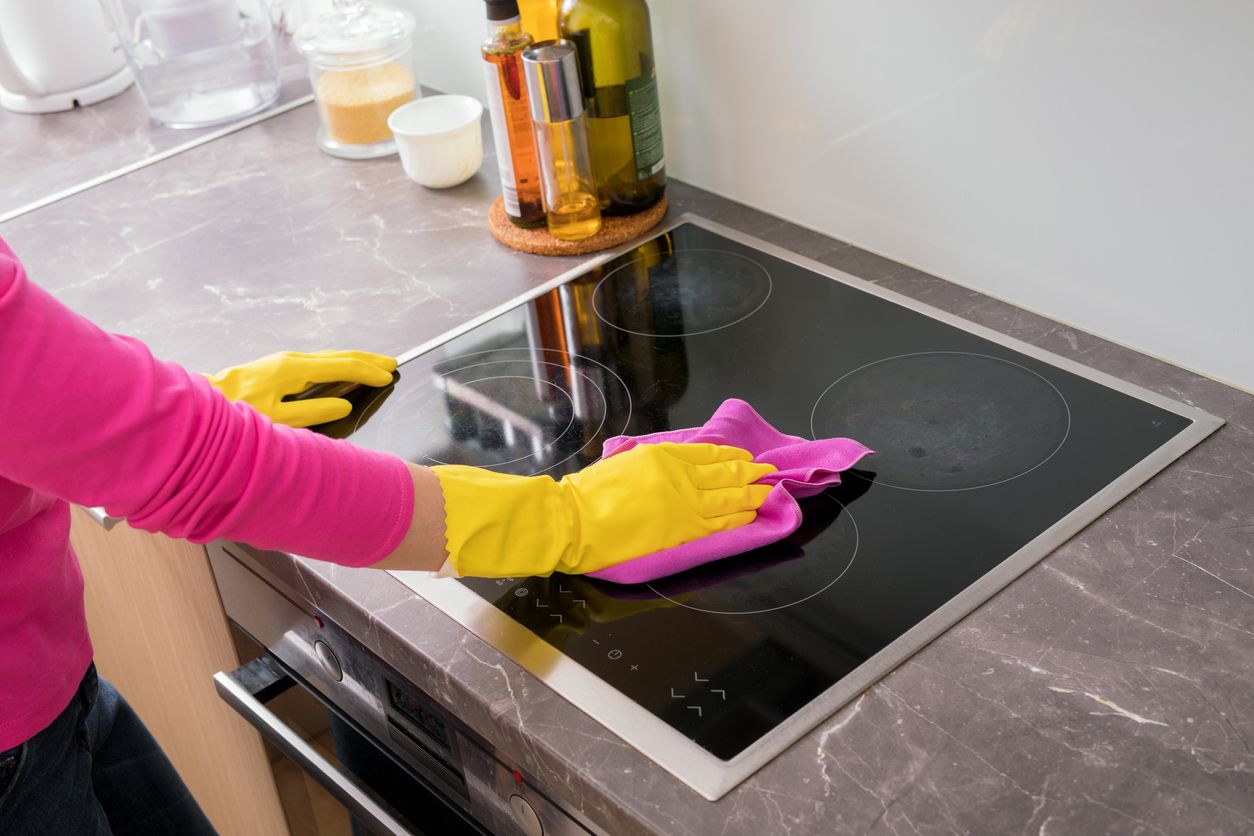
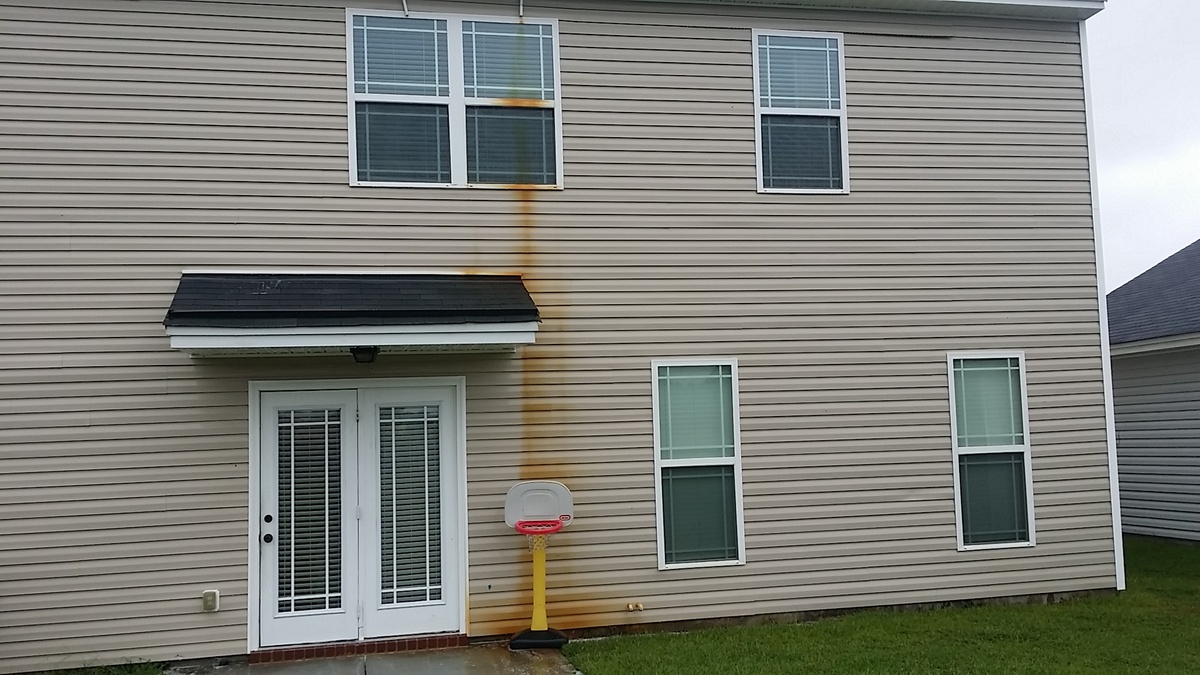
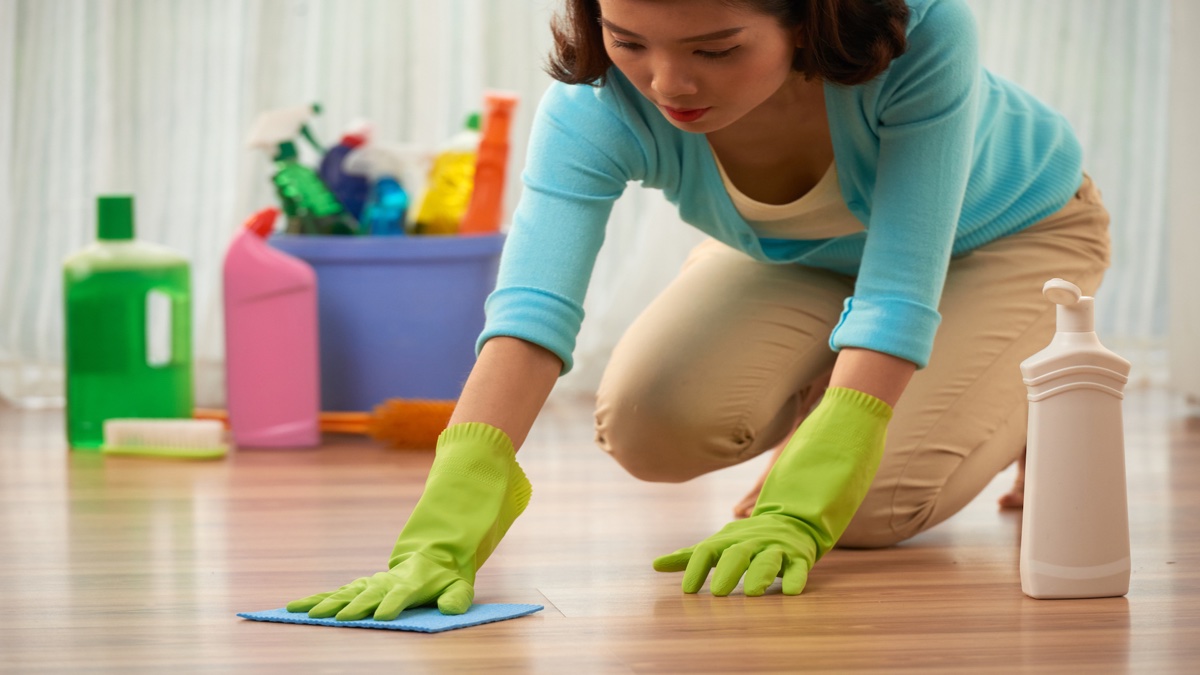

0 thoughts on “How To Keep Vinyl From Peeling Off Glass”